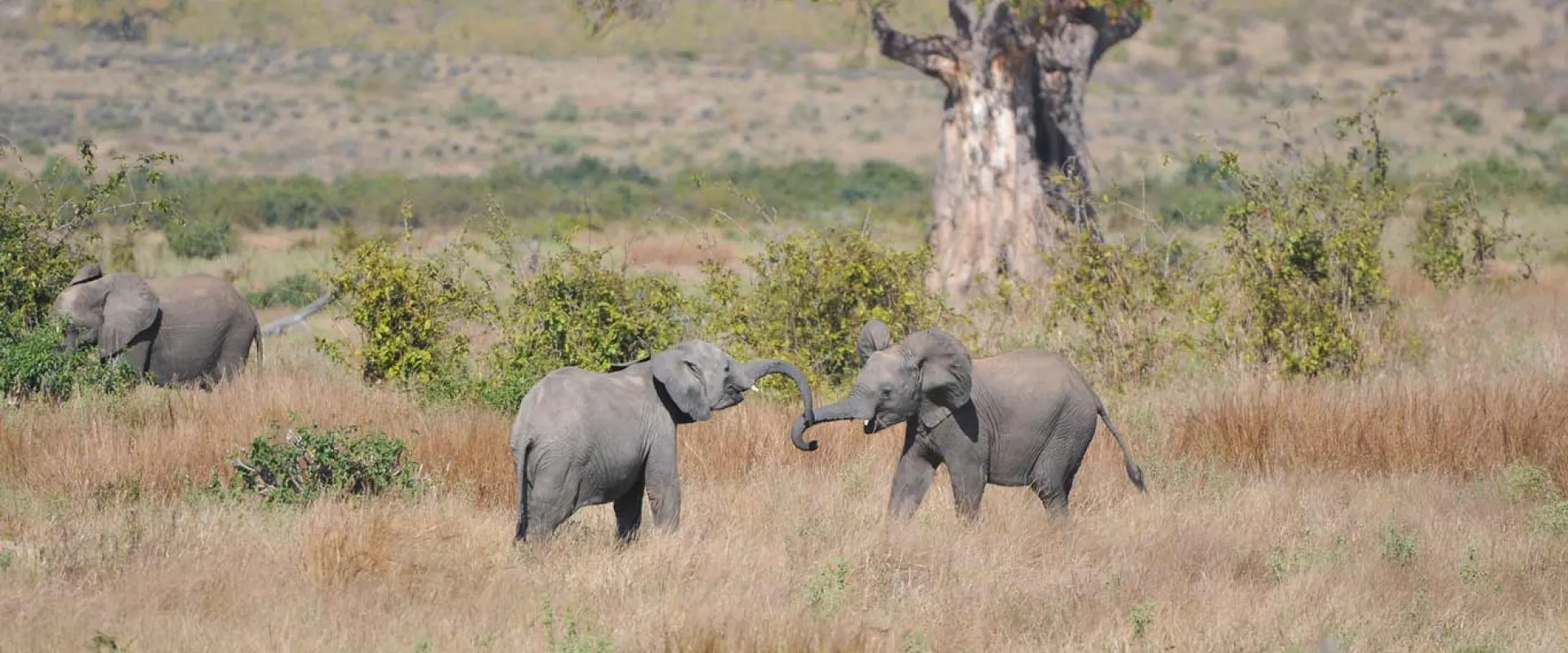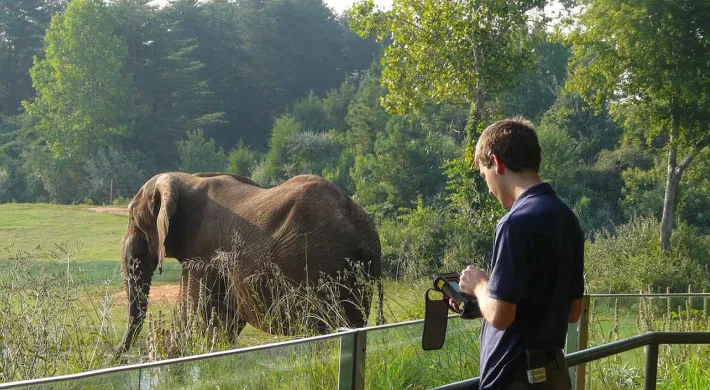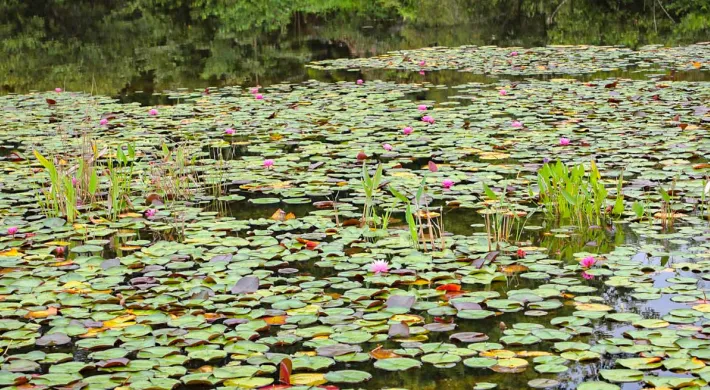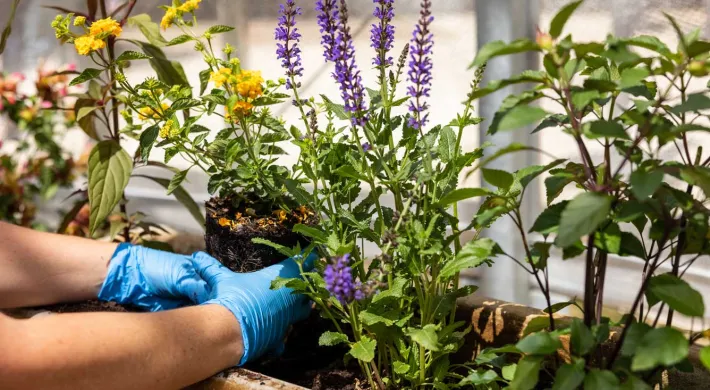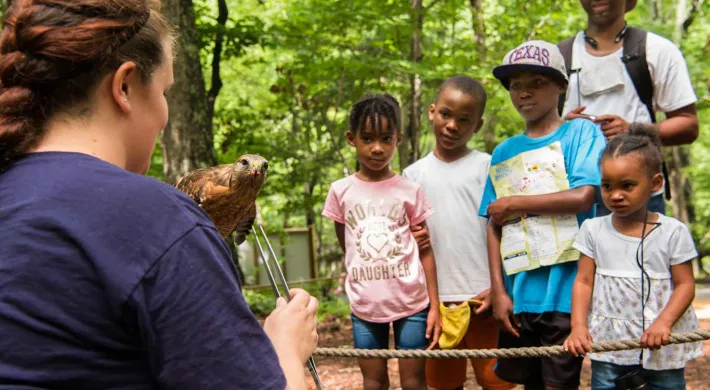Our Wildlife Conservation Work
The North Carolina Zoo is devoted to protecting our natural world every day. The Zoo has been involved in wildlife conservation for more than two decades. We work to preserve various species, from vultures and gorillas in Africa to endangered plants and American red wolves in North Carolina.
Through the use of SMART, the most widely used protected area management solution in the world, we have been able to help save animals from extinction.
Conservation challenges can’t be solved overnight. The North Carolina Zoo purposely makes significant, long-term, strategic commitments to wildlife conservation projects we undertake. Learn more about our conservation programs: North Carolina Zoo's Conservation and Research Program report (links to PDF.)
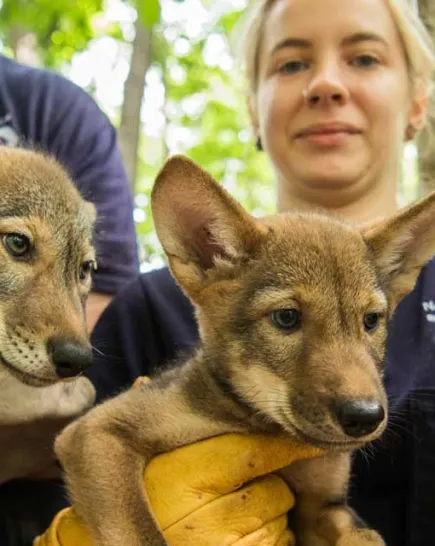
Collaborating with Global Partners
We work closely with wildlife conservation centers and organizations around the globe. Our efforts focus on preserving protected areas and preventing the destruction of endangered species' habitats. We have also focused on preventing wildlife trafficking and developing assisting technologies.
Our team of experts conducts thorough research to understand the needs of threatened species. We provide data and technology to global communities and organizations to assist them in their efforts to protect wildlife.
Our international work seeks to lower threats to wildlife all around the globe and ensure a better planet for future generations. Some of our international conservation efforts include:
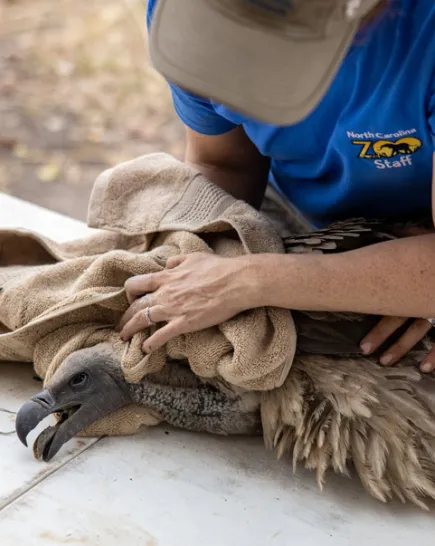
Acting Locally to Save Endangered Native Species
The North Carolina Zoo's protection of wildlife also translates into local work. We engage in local efforts with North Carolina wildlife conservation centers to protect native wildlife. Our regional work focuses on preserving endangered species and protected areas to benefit our community and future generations.
Zoo staff also work to protect over 2,800 acres of land around our property. Some of the local species we work to protect include:
- Eastern hellbenders
- American red wolf
- Pine Barrens treefrog
Our regional conservation initiatives and efforts include:
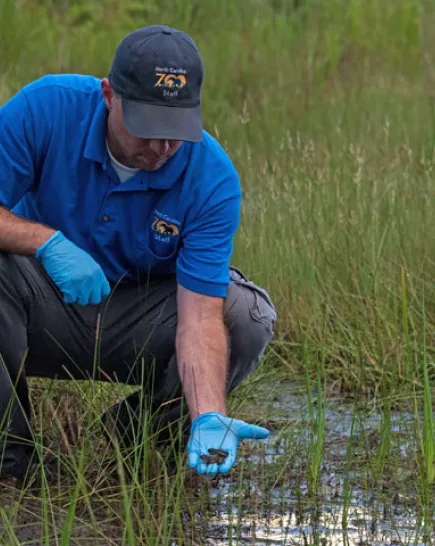
How You Can Help Our Wildlife Conservation Efforts
At the North Carolina Zoo, we care about educating our community about the importance of protecting endangered species. Furthermore, we look to motivate our community members to take action.
You can also make a difference in the future of the entire human population. The following are some ways you can support the Zoo's efforts:
- Visit the Zoo. When you purchase food or souvenirs at the Zoo, you can donate to our efforts to conserve wildlife.
- Recycle cell phones. Donate it to the Zoo! This supports a cell phone recycling program called Gorillas on the Line.
- Take action. Decrease your fuel, water, and energy use. Participate in community clean-ups. Support the Zoo and other local wildlife conservation centers. Learn more about recycling. Consider volunteering at the Zoo.
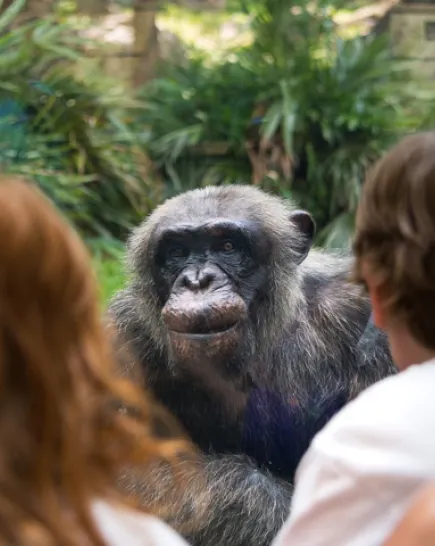
Support the North Carolina Zoo’s efforts of preserving endangered species and protected areas. Volunteer, donate, and recycle at the Zoo.
Visit us today and help our wildlife conservation efforts in North Carolina and across the globe.
